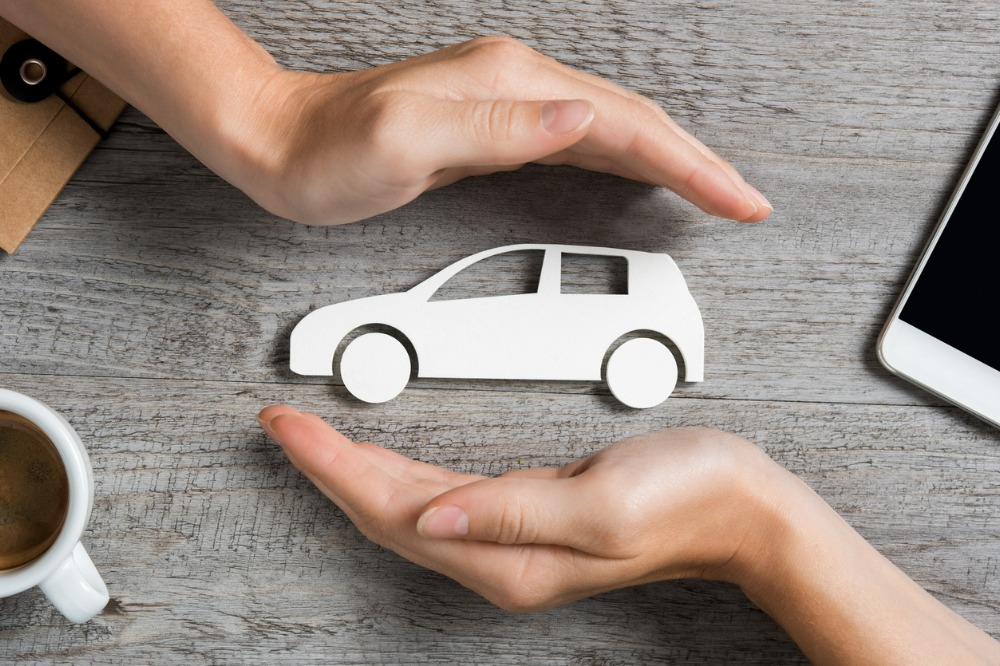Auto insurers feeling the pinch of record swapping and switching

Auto insurers feeling the pinch of record swapping and switching | Insurance Business America
Property
Auto insurers feeling the pinch of record swapping and switching
Premiums surge and satisfaction stagnates among auto insurance customers
Property
By
Miko Pagaduan
The latest J.D. Power 2023 U.S. Insurance Shopping Study revealed that the nation’s auto insurers are experiencing a cycle of inflation, rising premiums, and increasing customer defection rates.
The study showed a rising interest in usage-based insurance (UBI) plans, with more shoppers seeking out plans that fit their needs and budget, which could have a serious long-term effect on carriers that have been working to build lifetime value through bundling and other initiatives. This is according to a J.D. Power press release.
According to Stephen Crewdson, senior director of insurance business intelligence at J.D. Power: “Auto insurance customers are starting to shop for insurance like they shop for gas. They are taking a much more active stance in seeking out plans that fit their needs and their budgets.”
The 30-day average shopping rate reached 13.1% in March 2023, the highest rate since June 2021 and well above the 2021 average of 11.4%.
The 30-day average switch rate hit 4.1% in March 2023, compared to an average of 3.4% for all of 2021.
The sharp focus on saving money as auto insurance costs rose 14.5% in February 2023, more than twice the rate of inflation (6%), making auto insurance account for a steadily increasing share of consumer discretionary spending.
The study also revealed that UBI programs, which use telematics software to monitor a customer’s driving style and assign rates based on safety and mileage metrics, are now offered to 22% of insurance shoppers and are purchased 18% of the time.
Those numbers are up from a 16% offer rate and a 12% purchase rate in 2020. When carriers offered a UBI option, customer satisfaction increased by 6 points.
Progressive gained market share as GEICO slowed, raising its rates significantly above the industry average throughout much of the second half of 2022.
In contrast, Progressive raised rates in the first quarter of 2022 and then registered lower-than-average increases during the second half of the year.
During the same period, Progressive posted a notable gain in market share, becoming the second-largest auto insurer in the United States, ahead of GEICO and behind State Farm.
The J.D. Power study ranked State Farm highest among large auto insurers in providing a satisfying purchase experience for a third consecutive year, with a score of 877. Liberty Mutual (865) ranked second, and Nationwide (861) ranked third.
The Hartford ranked highest among midsize auto insurers for a second consecutive year, with a score of 887. Erie Insurance (878) ranked second, and Automobile Club of Southern California (AAA) (870) ranked third.
Related Stories
Keep up with the latest news and events
Join our mailing list, it’s free!






